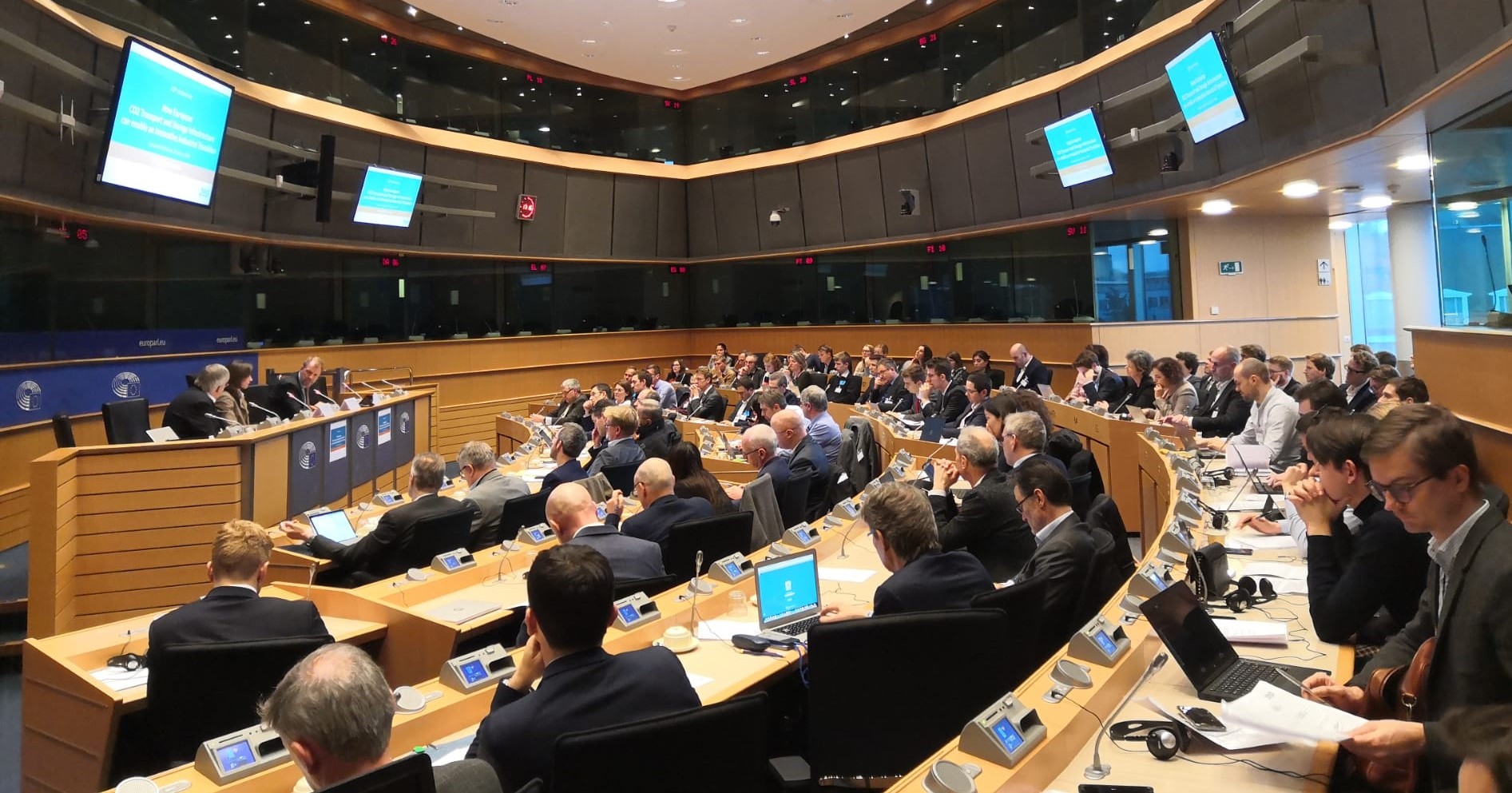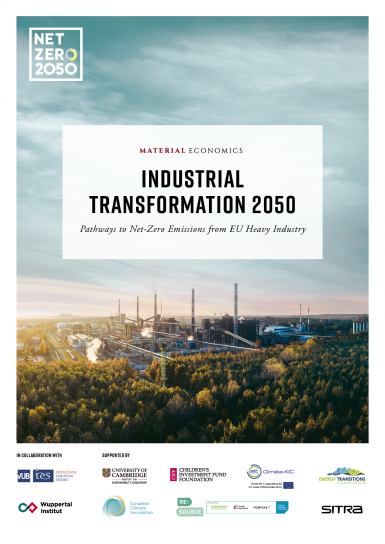On 28 January, the Zero Emissions Platform organised a conference on “How European CO2 Transport and Storage infrastructure can enable an innovative industrial transition” at the European Parliament. The conference was hosted by Tom Berendsen MEP (EPP, NL) and Jens Geier MEP (S&D, DE). The conference was well attended with a turnout of almost 100Continue reading “ZEP Conference on CO2 Transport and Storage Infrastructure”
ZEP Conference on CO2 Transport and Storage Infrastructure


